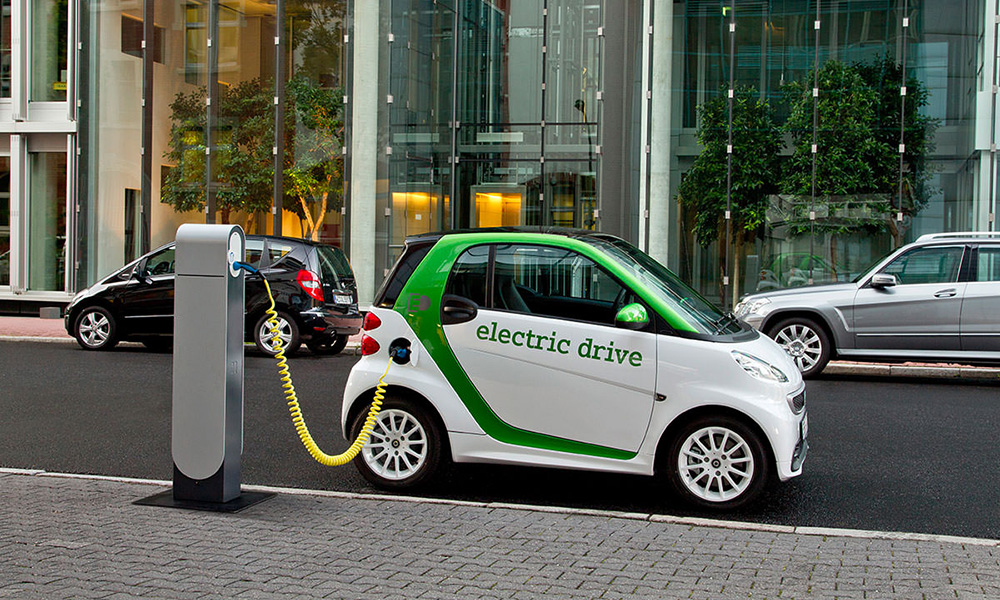ADUN SPEAKS | Western European countries are working towards phasing out internal combustion engine vehicles, with Sweden and Netherland being the pioneers. Germany is expected to do so by 2030 and China by 2040.
These major markets would decide the forms of renewable energy, and fossil fuels prices would likely remain stagnant even though they would not be totally phased out within the next few decades.
So, where is Malaysia headed? While we are an oil and gas-rich tropical country, we should view agro-based green energy, hydrogen fuels, solar energy and wind energy as our next economic frontier.
Under the New Economic Policy (NEP), the heavy involvement of government-linked companies (GLCs) in the economy has had mixed results.
To overcome new challenges arising from porous international markets, a bolder free-market economic policy and blue ocean strategies should be deployed to encourage the growth of local industries.
China's corporate sector has invested a great deal in research and development (R&D) of thin-film solar panels including direct solar-generated electrical cars for the future, but the actual harness efficiency of solar energy may only be up to 17 percent during mass production.

The most relevant question to ask is whether local car makers are prepared to invest more in R&D to produce more competitive models of electrical and direct solar-powered cars in the future by looking not only at markets of developed nations but also other tropical developing countries?
It is vital for many developing tropical countries where fossil fuel-generated electrical power supply may be unreliable or expensive, especially for remote inland areas of Malaysia.
Solar panels in homes
To make solar energy as a main renewable source of energy is to make sure more efficient, affordable and less carbon-emitting solar panels would be in mass production.
The question is, has Malaysia, a tropical country which spearheaded automobile production very early on, ever taken any initiative in R&D of solar-powered automobile and technology besides Universiti Teknologi Malaysia (UTM) and Universiti Tun Hussein Onn Malaysia (UTHM) in Johor?
Note that even high school students in more advanced nations are involved in solar-powered vehicles R&D.
Also, the government has to ensure the photovoltaic (PV) system is readily affordable for both off- and on-grid home usage.

The present cost of installing a home on-grid PV system may be between RM60,000 to RM100,000 to power an upper-middle-income household, and it may take more than seven years to recoup the investment after the abolition of the Feed-In-Tariff (FiT) system by the Sustainable Energy Development Authority (Seda).
This is beyond the means of an average lower or middle-income Malaysian household if no financing scheme is provided.
It seems very unattractive for lower-income groups to install solar panels in their homes at the moment, which is prohibitively expensive unless government policies are introduced to encourage the mass production of the PV system and make it more affordable.
A good option is to consider is incentives for financiers who offer a hire-and-purchase or lease contract system for the lower-income households.
Government policies should provide incentives for the main electricity supplier to provide flexible FiT systems to small-scale users and more effective mass research and production of the PV system.
With the abolition of FiT to commercial usage being replaced by net-metering system starting 2017, it is still lucrative for the industrial and commercial sectors with electricity bill in excess of RM30,000 per month to install the solar PV system for their own usage.
Also, schools and other community facilities could also get good returns from investing in the FiT system.
Other measures that should be taken into considerations to encourage the use solar energy should include the off-grid standalone system for remote inland areas that do not have access to electricity and replacing street lights under municipal councils with LED street lights.
Solar can trump Pengerang Rapid
Futuristic renewable energy sources are real and will shape the future energy market. However, have we showed enough determination to achieve an emission-free society?
Instead of investing in renewable energy sources and a sustainable economy, the government has invested billions of ringgit in fossil fuel such as the Pengerang Rapid project.

Every 3.5 acre of land for solar power equipment (2.8 acres for solar panel's surface area) could produce one gigawatt hour (GWh) per year while Pengerang Integrated Petroleum Complex (PIPC) is a huge oil and gas project taking up 20,000 acres (8,093 ha) which could house a massive solar plant supplying 5,714 GWh per year.
The average Malaysian household consumes 251-kilowatt hour (KWh) per month (or 3,012 KWh per year). At the present demand rate, this means 8.4 acres of land for solar power generation could support 1,000 Malaysian households.
The Pengerang Rapid land mass could well supply the electricity demand of 2.4 million Malaysian households - more than three times of Johor’s own 730,000 households.
Low oil prices
It is unwise for the government to depend on oil price to increase our country’s revenues. Oil prices are going to remain stagnant for years to come after the Paris Agreement in 2015.
While other oil-producing countries in the Middle East, China and US are venturing into renewable energy such as solar and wind-powered electricity as the energy source of the future, carbon-emission energy sources such as fossil fuel would become the last resort.
We should take a more decisive step towards renewable energy sources with less or zero-emission.
We should invest more decisively in developing solar panels, wind turbines, hydrogen fuels and value-added agricultural renewable energy.
Pengerang Rapid which takes up huge land mass and increases our carbon emission is not cost-efficient.
It is not necessary for us to destroy our forests for large-scale solar power farms. Individual rooftops - domestic, commercial, residential premises as well as community and public facilities - would serve adequately to harness solar energy.
In time, mass production of advanced but affordable solar panels would make it more attractive for individuals and the communities to install solar panels to reduce the necessity for large-scale solar farms.
DR BOO CHENG HAU is the Skudai state assemblyperson.
The views expressed here are those of the author/contributor and do not necessarily represent the views of Malaysiakini.




